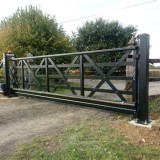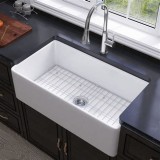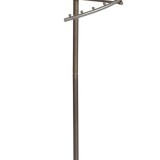Indoor Worm Farm DIY: A Comprehensive Guide to Sustainable Waste Management
Embarking on the journey of creating your own indoor worm farm is an incredibly rewarding endeavor, offering a myriad of benefits for both you and the environment. By providing a controlled environment in your home, you can harness the power of worms to decompose organic waste, transform it into nutrient-rich compost, and contribute to sustainable waste management practices.
To guide you on this DIY venture, let's delve into the essential aspects of creating a thriving indoor worm farm:
1. Choosing the Right Worms
The first crucial step is selecting suitable worms for your farm. Red wigglers (Eisenia fetida) and redworms (Eisenia andrei) are ideal choices due to their voracious appetite and efficient composting capabilities. Obtain these worms from reputable suppliers or bait shops.
2. Building the Bin
Numerous materials can be repurposed to create the bin for your worm farm. Plastic storage bins, wooden crates, and even old bathtubs can serve as practical and cost-effective options. Ensure the bin has adequate ventilation holes and a lid or cover to prevent escapes.
3. Creating a Bedding Layer
The bedding for your worms plays a vital role in providing them with a comfortable and suitable habitat. Choose materials like shredded newspaper, cardboard, or straw that are absorbent and retain moisture. Avoid using glossy paper or treated wood.
4. Feeding the Worms
Worms thrive on a diet of organic waste, including vegetable scraps, fruit peels, coffee grounds, and even paper products. However, it's essential to avoid feeding them meat, dairy products, or oily foods that can harm them.
5. Maintaining Moisture and Temperature
Worms prefer a moist environment with temperatures between 60 to 80 degrees Fahrenheit (15 to 27 degrees Celsius). To maintain this ideal environment, regularly mist the bedding with water and keep the bin in a warm location or use heating pads if necessary.
6. Harvesting the Compost
As your worms work their magic, they will gradually convert the organic waste into nutrient-rich compost. Once the compost is ready, you can harvest it by separating the worms from the finished product using methods like sifting or luring the worms to one side of the bin.
7. Troubleshooting Common Problems
Like any ecosystem, worm farms can occasionally encounter challenges, such as odors, fruit flies, or worm die-offs. Understanding these issues and implementing appropriate solutions, like aeration, moisture control, or pH adjustments, will ensure a healthy and thriving worm farm.
By following these essential aspects, you can create and maintain a successful indoor worm farm that provides a sustainable solution for waste management and enriches your garden with organic compost.

Diy Worm Composting Bin How To Do It Right Uncle Jims Farm

How To Make A Worm Compost Bin The And Easy Way

Diy Worm Farm For 20 Stackable Bins Small Spaces Ers
:max_bytes(150000):strip_icc()/vermicomposting-setting-up-a-worm-bin-2539503-hero-940852459d904283b553e44f156c102c.jpg?strip=all)
How To Start A Worm Bin And Vermicomposting

Make An Indoor Diy Worm Bin For Homemade Compost Garden Mentors

Easy Vermicomposting How To Start An Indoor Worm Compost Bin My Bright Ideas

Diy Worm Composting Bin How To Do It Right Uncle Jims Farm

Building A Stackable Diy Worm Farm For 30

Liquid Worm Juice Superfood For Organic Gardens Growing A Greener World
:max_bytes(150000):strip_icc()/inexpensive-worm-bin-from-plastic-buckets-2540077-06-f084a74b45e44f2b83a8ffe0e9fa77a1.jpg?strip=all)
How To Make A Worm Composter Using Plastic Buckets








